What to Know About Drywall
Drywall, also known as gypsum board or plasterboard, is an integral component of modern construction. This article provides a comprehensive look at everything you need to know about drywall, including its history, types, installation, finishing, maintenance, and environmental impact. As a staple in building modern homes, drywall replaces older, more time-consuming methods like plastering, and its versatility extends beyond residential applications into commercial and industrial settings. The materials and techniques used in drywalling have advanced significantly, making it a topic worth exploring for prospective and seasoned builders alike. Understanding the nuances of drywall and drywall supply is crucial for both amateur and professional builders.
1. History and Development of Drywall
The invention of drywall can be traced back to the early 20th century. Created by the United States Gypsum Corporation in 1916, it was first marketed as a fireproof product called "Sackett Board," named after its inventor, Augustine Sackett, according to the United States Gypsum Company. Initially, it came in small, 36-inch square panels and wasn't immediately embraced by builders who were accustomed to plaster and lath. Over time, as the advantages of drywall became more apparent—including cost, installation time, and ease of use—it gained acceptance. The product evolved through several iterations, eventually leading to the large panels we see today. This evolution also shaped the drywall supply chain, making the material more accessible for builders everywhere.
Drywall fundamentally changed the building industry by streamlining interior finishing processes. Its impact is most notably seen in residential construction, where it reduced the cost and time of labor, allowing for more rapid home production. Commercial buildings also benefit from drywall’s versatility and fire-resistance properties, making it a safer option for structural integrity. In contexts where soundproofing is essential, adapted types of drywall cater to the specific needs, demonstrating its flexibility within the building sector. These demands continue to fuel growth in the drywall supply industry, ensuring contractors always have the right materials at hand.
Traditional plastering is a labor-intensive process that requires skilled craftsmen, making it time-consuming and costly. In contrast, drywall installation is relatively straightforward and can be performed by workers with basic training. Plastering involves applying multiple layers of wet materials, waiting for each to dry, whereas drywall consists of attaching pre-made boards to the structure, simplifying the process. Despite drywall's advantages, plaster offers benefits in terms of durability and aesthetic appeal, as it provides a more solid and finished look. The trade-off between ease and longevity often makes drywall a favorable choice in modern construction.
Modern innovations in drywall technology have led to improved products that address specific building needs, such as enhanced moisture resistance, fireproofing, and sound insulation. For example, advances in gypsum core technology have made drywall more durable and easier to cut and install. Additionally, eco-friendly options now exist, incorporating recycled materials and reducing environmental impact. Digital tools and software also complement drywall installation, allowing more precise measurement and cutting for custom projects. These innovations continue to push the boundaries of what conventional drywall can achieve, making it a constantly evolving component in the construction industry.
2. Types of Drywall
Standard drywall, the most prevalent type used in residential and commercial construction, is composed of a gypsum plaster core sandwiched between two sheets of paper. According to The Spruce, 1/2-inch is the thickness of drywall usually used on interior walls, striking a balance between ease of handling and structural adequacy. This thickness is ideal for most applications, though thicker panels may be used for ceilings or soundproofing. Standard drywall is valued for its cost-effectiveness and ease of installation, making it a preferred choice for quick projects. Its versatility supports a variety of finishes, including paint, wallpaper, and texture coatings.
Mold-resistant drywall incorporates special moisture-wicking and antimicrobial treatments, making it suitable for high-humidity areas like bathrooms and basements. These boards are often covered with fiberglass matting instead of paper, preventing organic material build-up that can lead to mold growth. While slightly more expensive than standard drywall, the investment can be justified by the potential savings on mold remediation and repairs. Homeowners who prioritize health and indoor air quality often choose this type for its preventative benefits. Reducing the risk of mold adds an extra layer of protection and assurance for those focusing on long-term durability.
Lightweight drywall has become increasingly popular in both residential and commercial projects because of its ease of handling and installation. On average, lightweight drywall is about 25% lighter than standard drywall panels, which can make a significant difference on job sites where large quantities need to be transported and lifted into place. This efficiency not only helps workers but also streamlines the drywall supply process, ensuring faster turnover from manufacturer to project site. Despite being thinner in weight, it maintains the same dimensions and performance standards as regular drywall, making it a practical substitute without compromising strength.
3. Tools and Materials for Drywall Installation
Installing drywall involves a set of essential tools that ensure precision and efficiency. The most fundamental tool is a utility knife, which is used for scoring and snapping drywall panels. For more intricate cuts or thick sheets, a drywall saw can provide better control and cleaner edges. T-squares and measuring tapes ensure accurate measurements, critical for avoiding material wastage. Additionally, a rasp is useful for smoothing rough edges after cutting, ensuring panels fit snugly against each other, and minimizing gaps.
Joint compound, often referred to as mud, is used in conjunction with drywall tape to seal seams between panels and create a seamless surface. Two main types of joint compounds exist: setting and drying compounds. Setting compounds, often powder-based, harden chemically and are preferred for first coat applications because of their quick drying time. Drying compounds, available in pre-mixed form, dry naturally through evaporation and are used for finishing coats. Paper and mesh tapes serve different purposes, with paper tape having more strength and being less visible after application, while mesh tape is easier to use and more forgiving for beginners.
Correctly mounting and securing drywall is essential to ensure the integrity and longevity of the installation. Drywall screws are the typical fastening choice, offering greater hold than nails and reducing the chance of popping. A cordless drill or a screw gun equipped with a dimpler attachment is ideal for efficient and precise screw installation. In certain cases, adhesive can be applied to studs in conjunction with screws for a firmer bond. Properly placed screws should sit just below the surface without breaking the paper face, a technique that requires practice and careful attention. Using the right equipment not only expedites the process but also reduces the likelihood of needing repairs in the future.
Implementing safety precautions is critical during drywall installation to protect workers from potential hazards. Respiratory protection is essential due to the dust created during cutting and sanding; N95 masks or respirators help minimize inhalation risks. Eye and hearing protection should also be worn, especially when using power tools. Gloves safeguard hands during cutting and avoid contact with potentially irritating materials. Finally, maintaining a clean and organized workspace minimizes the risk of tripping and ensures quick access to tools. Comprehensive safety protocols not only prevent accidents but also make the installation process smoother and more efficient.
Drywall has come a long way from its early days as an alternative to traditional plastering. Today, it's more than just a convenient building material—it's a cornerstone of modern construction that continues to evolve with new innovations in design, performance, and sustainability. The availability of specialized products through dependable drywall supply channels ensures that builders always have access to the right materials for the job. From standard and mold-resistant options to lightweight and specialty varieties, drywall offers solutions that fit the unique needs of every project. Give Collins Building Materials a call today for help with all your drywall supply needs.


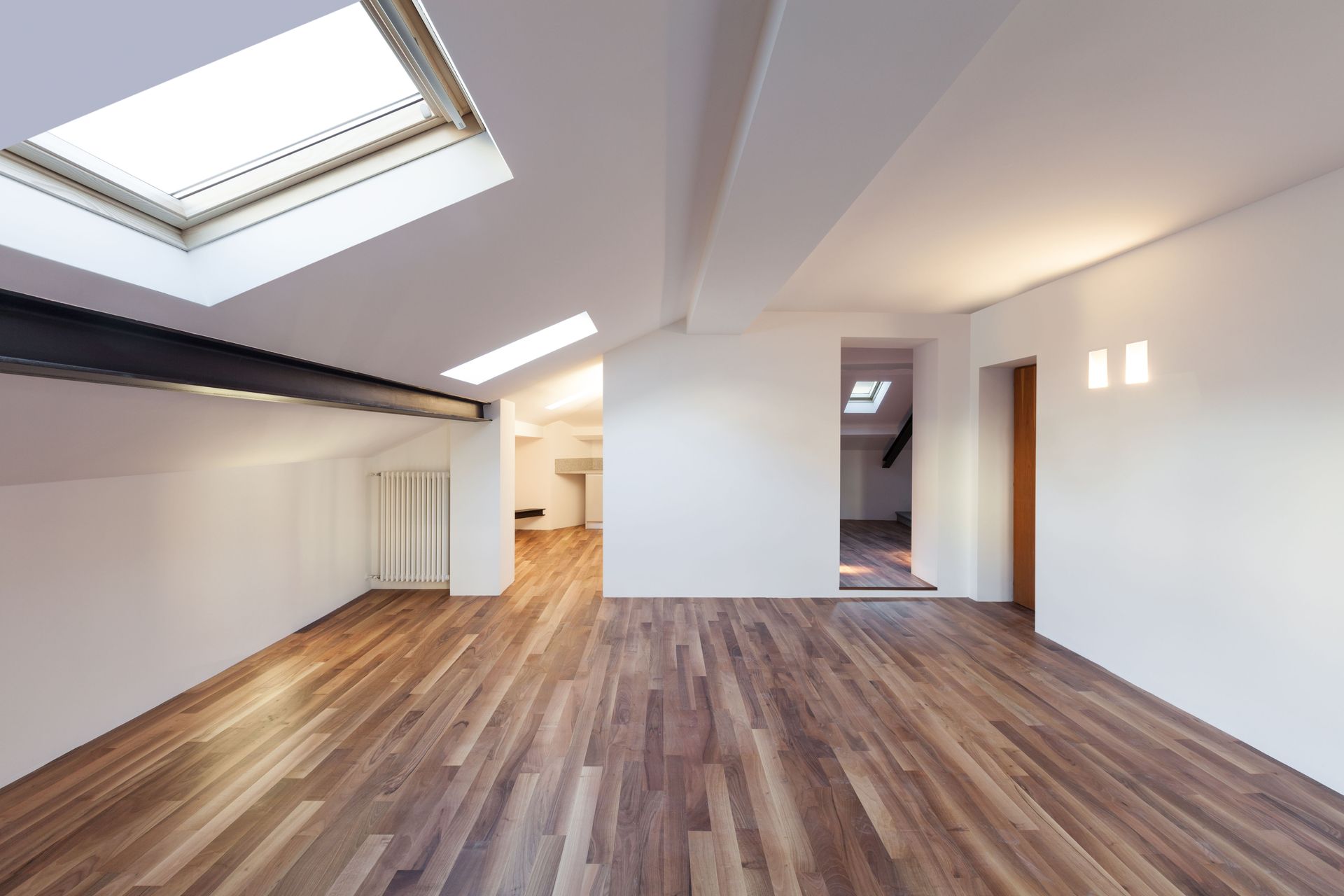

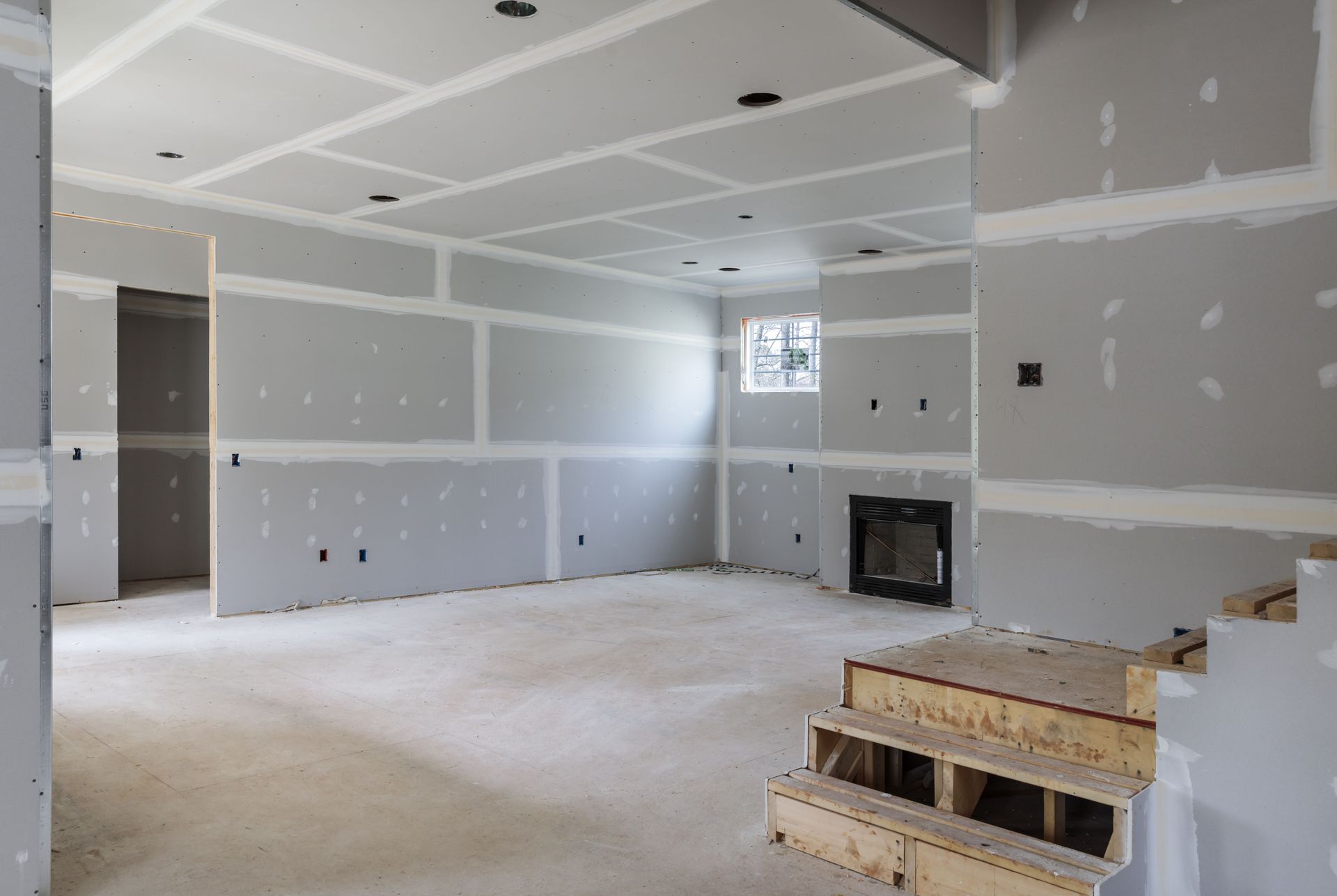
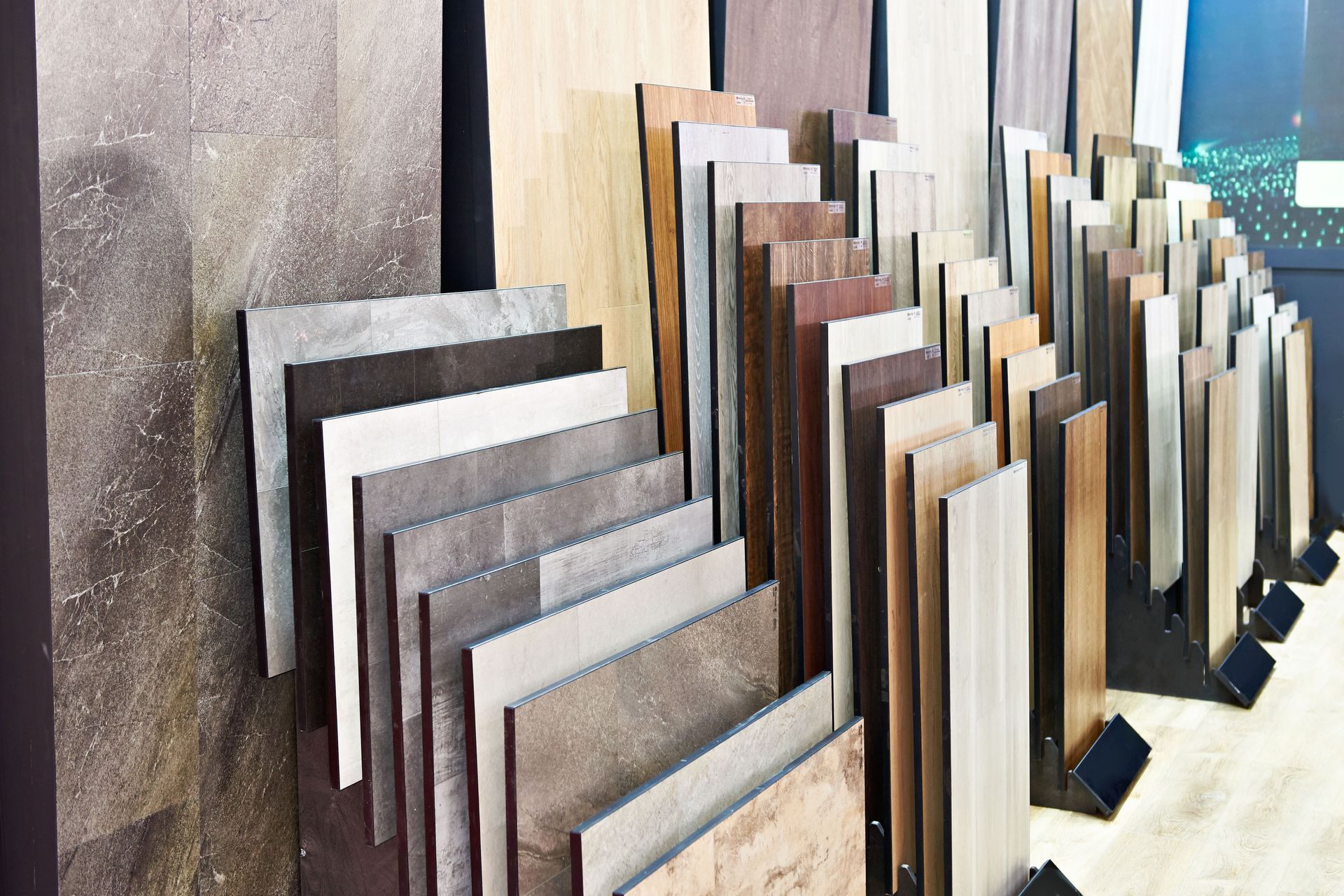
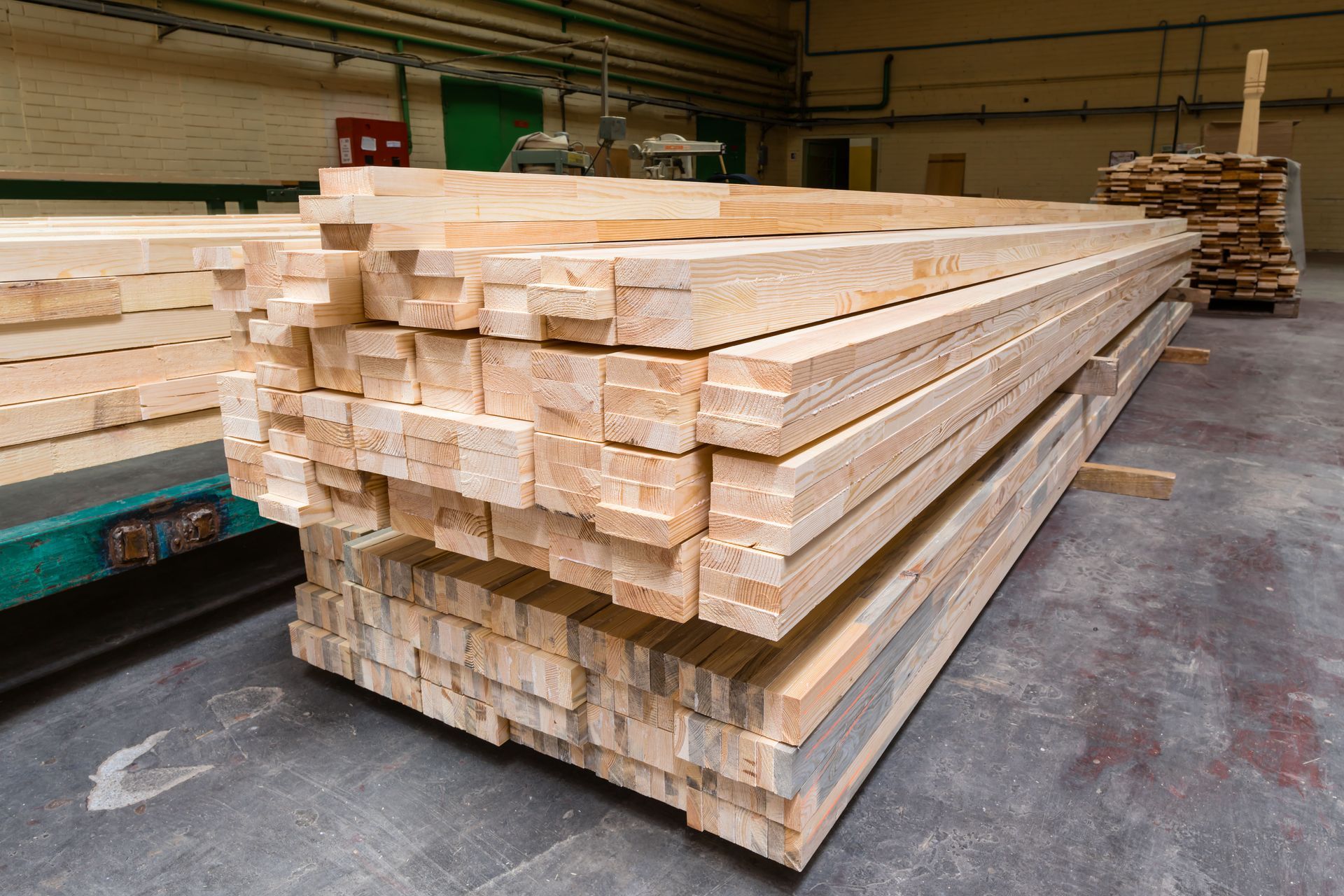
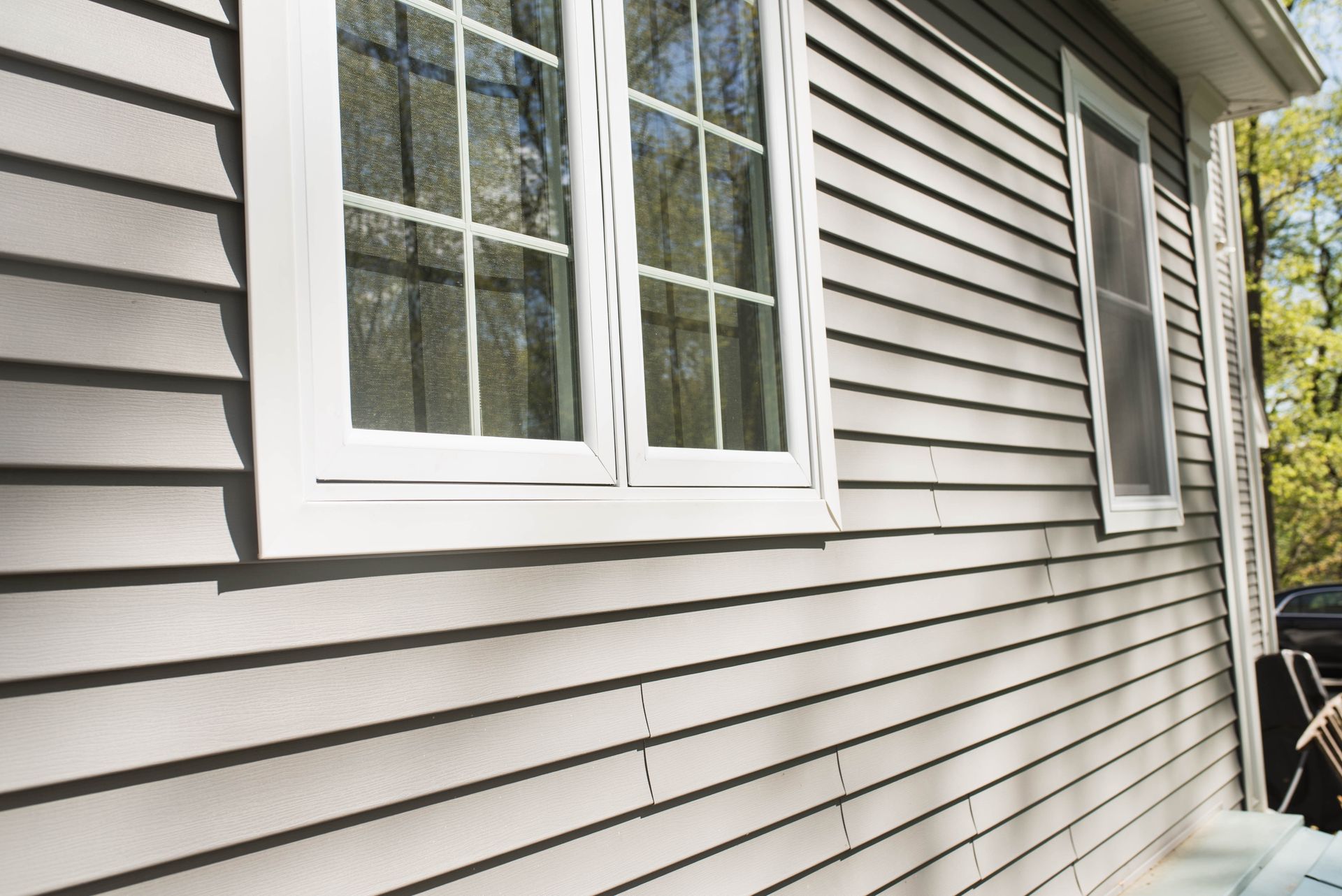
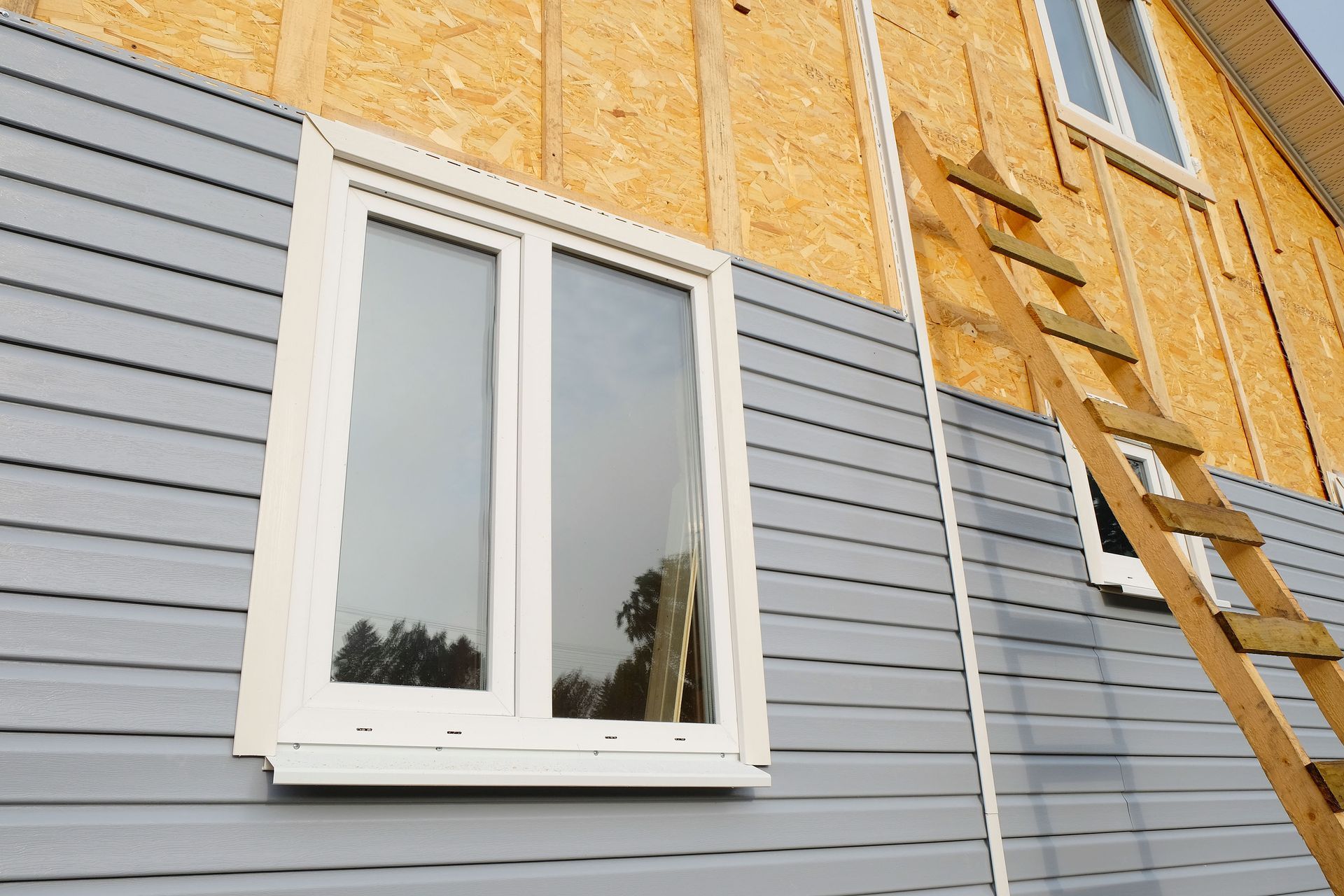
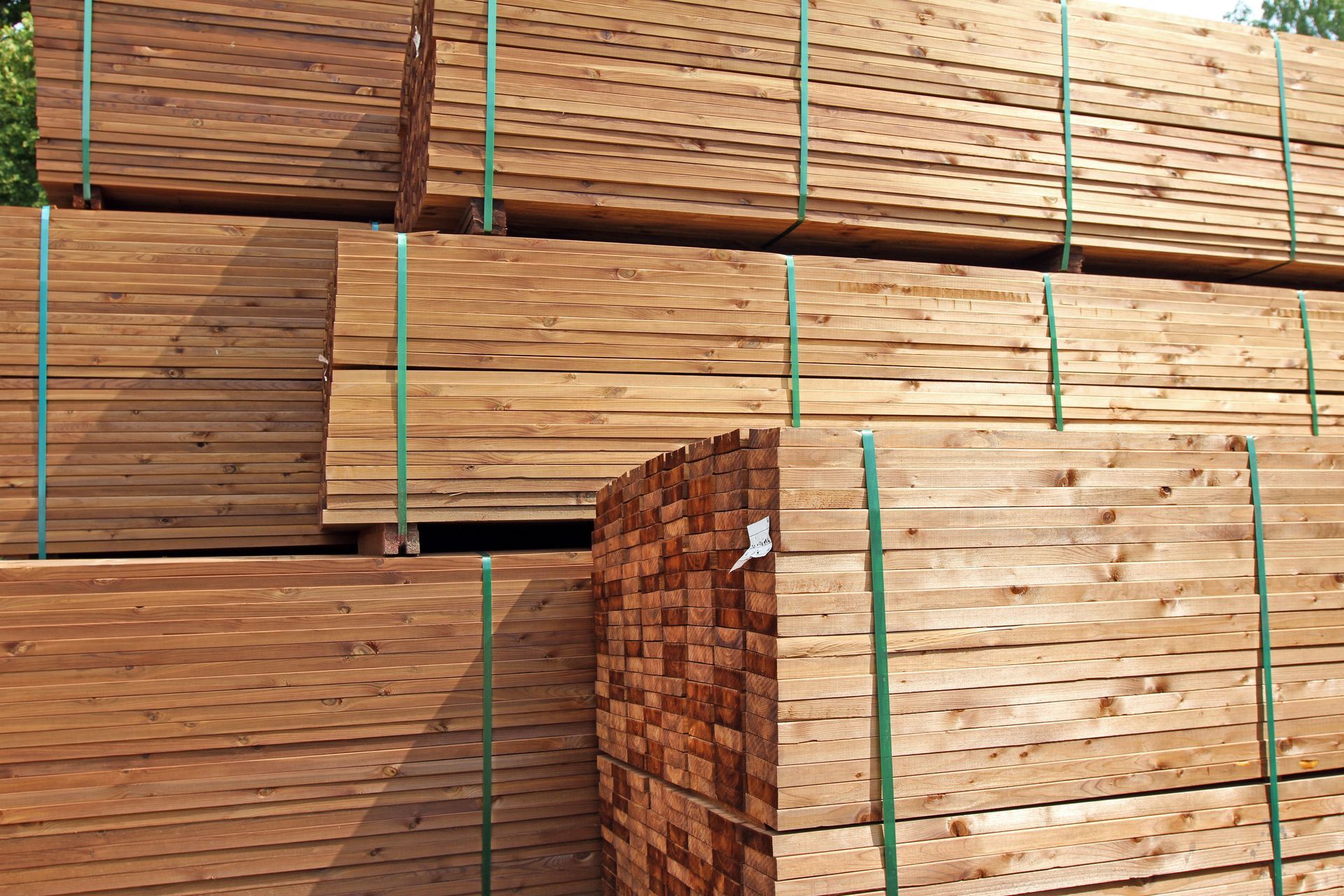

Share On: